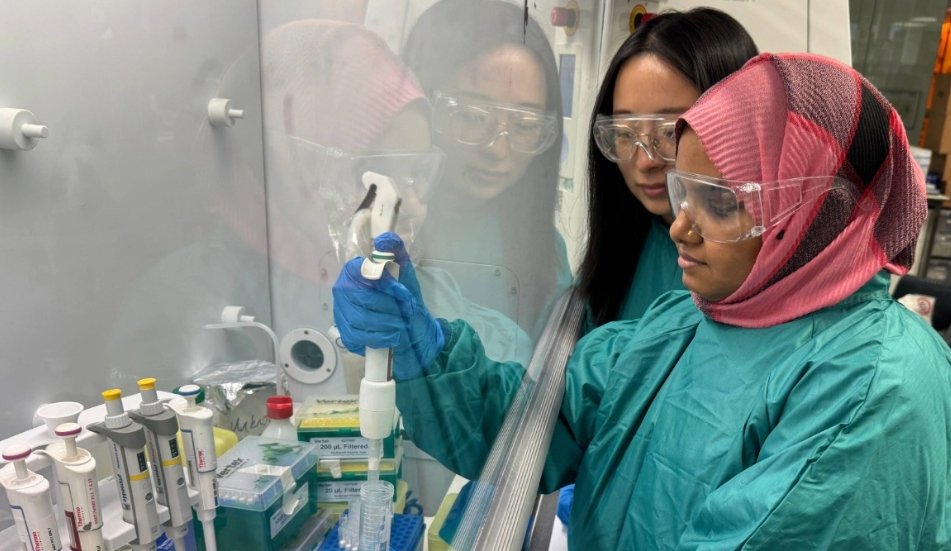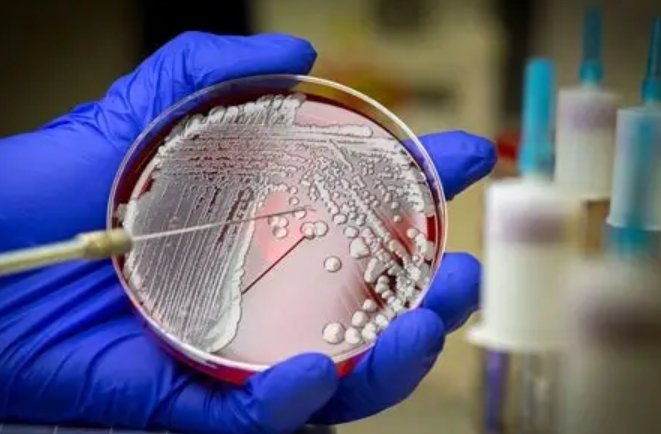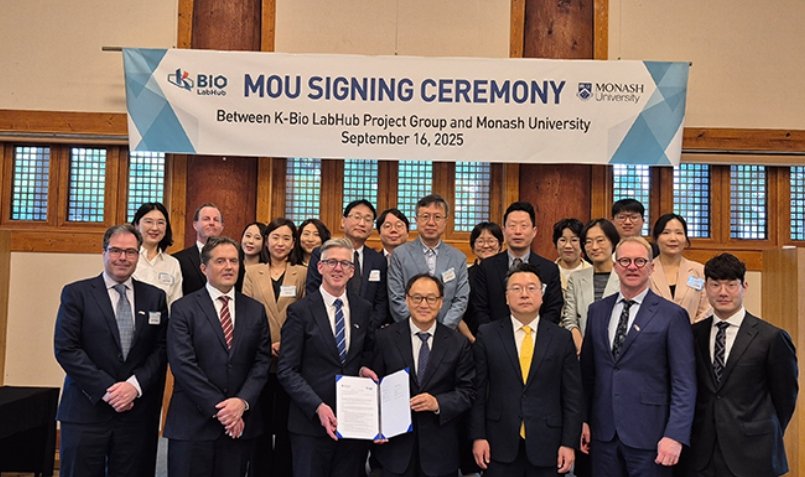
An international research collaboration led by Australia-based RMIT University has developed tiny metallic particles that selectively kill cancer cells while leaving healthy tissue largely unharmed, marking a promising advance in the design of future cancer therapies.
The innovation centres on nanodots made from molybdenum oxide, a metal compound commonly used in electronics and alloys. By fine-tuning the chemical composition, researchers enabled the nanodots to release reactive oxygen molecules, unstable forms of oxygen that can damage cell components and trigger cell death.
In laboratory tests, the particles destroyed three times more cervical cancer cells than healthy cells within 24 hours, all without the need for light activation, which is uncommon for this kind of technology.
The project was led by Professor Jian Zhen Ou and Dr Baoyue Zhang at RMIT, in collaboration with Dr Shwathy Ramesan at The Florey Institute of Neuroscience and Mental Health, and researchers from Southeast University, Hong Kong Baptist University, and Xidian University in China. The work was supported by the ARC Centre of Excellence in Optical Microcombs (COMBS).
By adjusting the metal oxide recipe with small amounts of hydrogen and ammonium, the team increased the nanodots’ ability to generate oxidative stress specifically within cancer cells. In further tests, the same particles broke down a blue dye by 90 per cent in 20 minutes, underscoring their powerful reactivity even in darkness.
The COMBS team at RMIT is continuing this work, with next steps including targeting delivery systems so the particles activate only inside tumours; controlling release of reactive oxygen species to avoid damage to healthy tissue; and seeking partnerships with biotech or pharmaceutical companies to test the particles in animal models and develop scalable manufacturing methods.




